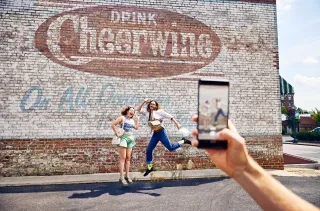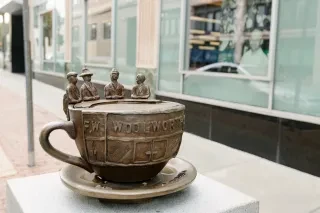
Hero - Interior Page Hero Module
Listicle View
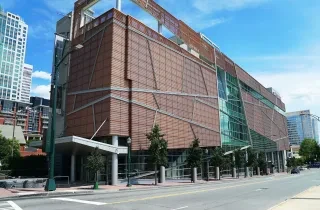
Harvey B. Gantt Center for African-American Arts + Culture
The Gantt Center is Charlotte’s destination for African American art, history and culture. Inside its four-story building, which references quilt designs from the Underground Railroad era and woven textile patterns from West Africa, the center continues a four-decades-long celebration of the cultural contributions of Africans and African Americans and serves as an epicenter for music, dance, theater, visual art, film, arts education programs, literature and community outreach. Named for Charlotte’s first African American mayor, the center hosts both permanent and temporary exhibits.
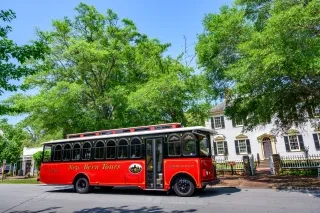
African American Heritage Walking Tour
African American history shows multiple dimensions in New Bern, where free Blacks exerted cultural, economic and political influence — and also owned slaves. This walking tour takes in historical homes, churches and businesses with rich legacies from Colonial times to the modern era with sites of local sit-ins inspired by the Greensboro Woolworth sit-ins.
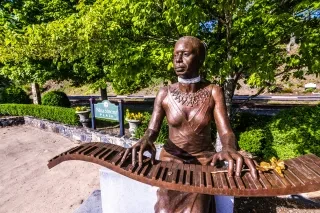
Nina Simone Plaza
The Eunice Waymon — Nina Simone Memorial Project honors the remarkable life and legacy of a native daughter who achieved international recognition for her unique talent and her formidable contribution to the musical arts. The Nina Simone Plaza in downtown Tryon acknowledges the life of this remarkable woman with a bronze sculpture by Zenos Frudakis. On a related note, High Point honors former resident John Coltrane with a statue on the corner of Commerce Avenue and Hamilton Street.
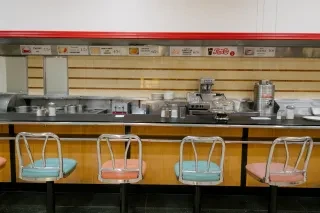
The International Civil Rights Center & Museum
The International Civil Rights Center & Museum is located in the heart of downtown Greensboro in the former F.W. Woolworth retail store — the site where, in 1960, four Black freshmen from NC A&T sat down at the “whites only” lunch counter and challenged the laws of segregation. Their courageous actions reignited the quest for all Americans to stand up for freedom, justice and equality. Recently recognized as a National Historic Landmark, ICRCM brings history to life with permanent installation, exhibits, photography, artifacts, video re-enactments and interactive galleries.
Visit markers on the NC Civil Rights TrailYMI Cultural Center
Listed on the National Register of Historic Places, the YMI Cultural Center has served Asheville’s minority residents since 1893, when it was established as the Young Men’s Institute. The center houses numerous exhibits, many dealing with the history of African Americans in western North Carolina, and sponsors such cultural events as Asheville’s Goombay Festival.
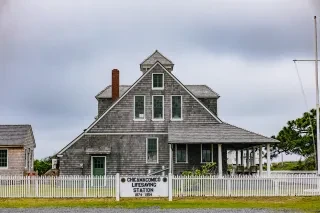
Chicamacomico Life-Saving Station
The Pea Island Life-Saving Station, the only U.S. Life-Saving Service station with a crew of African Americans, performed many heroics. Their 1896 rescue of all nine passengers on the three-masted schooner E.S. Newman during a hurricane earned them a posthumous Gold Lifesaving Medal in 1996. Their efforts are honored at the Chicamacomico Life-Saving Station, one of the most complete, historic stations of its kind in the United States. It's open seasonally from April through November.
Oliver Nestus Freeman Round House Museum
The Oliver Nestus Freeman Round House is a museum featuring artifacts that depict the culture and contributions of African Americans to Wilson’s history and development. The 1946 house is one of several built by Freeman, an African American stonemason, to help alleviate the housing shortage for GIs returning from the war. Though the house is said to be made of stone, the materials included bottles, tree saplings and string — whatever Freeman could get his hands on.
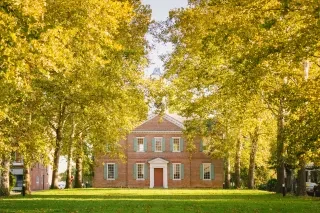
Harriet Jacobs Trail
Harriet Jacobs, born in Edenton, escaped slavery and wrote one of the first narratives about the struggle for freedom by female slaves in the plantation South. Today, you can follow a self-guided tour of Edenton sites that relate to Jacobs’ life, or participate in guided tours offered periodically throughout the year.
Charlotte Hawkins Brown Museum at Historic Palmer Memorial Institute
North Carolina’s first state-supported historic site recognizing a woman is also one of the first to honor an African American. The site is the location of the former Palmer Memorial Institute, an African American preparatory school established by Brown in 1902.
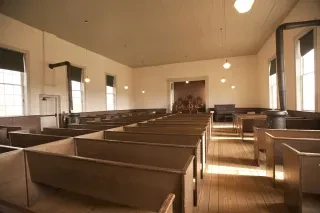
St. Philips Moravian Church
Built in 1861, St. Philips Moravian Church is the oldest standing African American church in our state. It stands adjacent to the newly reconstructed 1823 log church with exhibitions conveying the African American experience in the Moravian community. Today, the church is part of Old Salem.
Beyond the Guidebook: Old Salem Museum and Gardens

